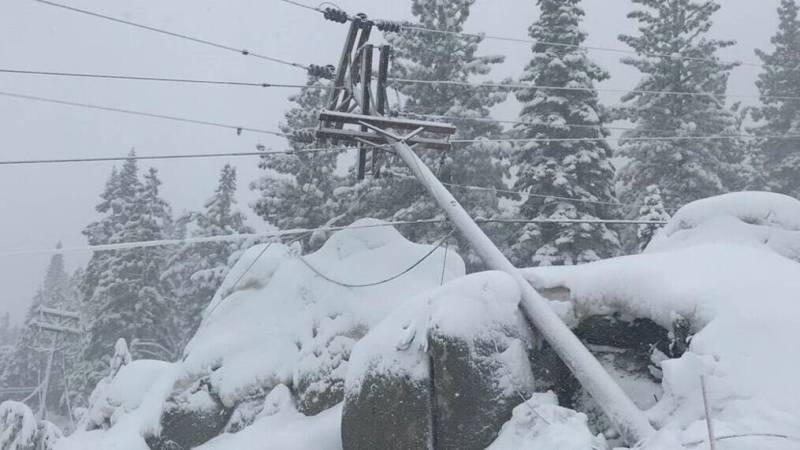This weekend’s powerful winter storm in the Sierra Nevada blanketed the Lake Tahoe basin in up to 5 feet of snow, with total snowfall so far this season at 321% of average, the National Weather Service reported on Monday.
“It’s been a great start to the season up in the Sierra,” said Scott McGuire, an NWS meteorologist in Reno.
The second major winter storm in less than two weeks walloped the region with blizzard conditions, blasting ridgelines with gusts topping 100 mph. The storm also drenched large swaths of lower-lying areas throughout California and Nevada, including a solid soaking of the entire Bay Area, where nearly 2 inches of rain fell in parts of Oakland and San Francisco, and more than 4 inches were recorded on Mt. Tamalpais in Marin County.
By Monday morning, the storm had departed the Bay Area, leaving behind clear skies and a prolonged cold snap, with temperatures across much of the region expected to dip into the 30s every night this week.
Now headed east, the storm is forecasted to pummel the Rockies and Plains in the coming days.

